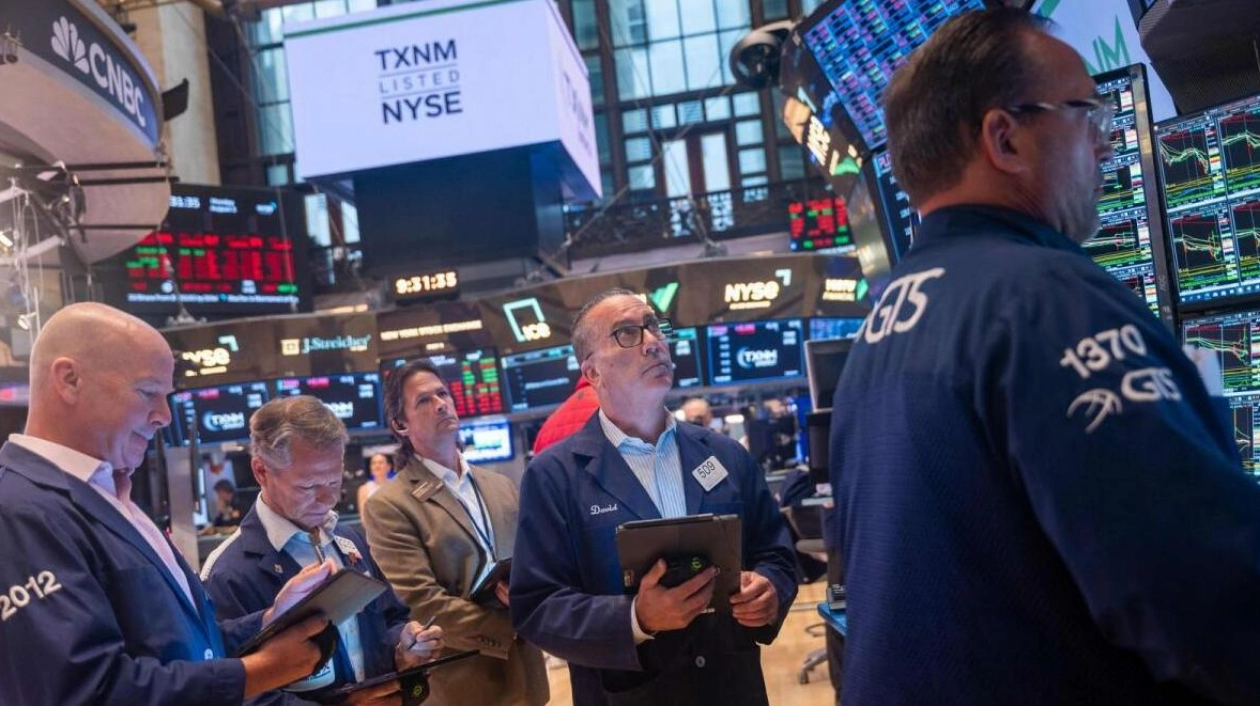Global stock markets have been in a state of panic since last week, triggered by a weak US jobs report that activated the 'Sahm Rule', a reliable indicator of an economic recession. Named after its creator, Claudia Sahm, a former Federal Reserve and White House economist, the rule signals a recession when the three-month moving average of the US unemployment rate exceeds its lowest point in the previous 12 months by 0.5 percentage points or more. This threshold was surpassed when government data revealed an unemployment rate of 4.3%, the highest since October 2021. The Sahm Rule reading hit 0.53 points in July, according to the Federal Reserve Bank of St. Louis.
Florian Ielpo, head of macroeconomic research at investment manager Lombard Odier, described the rule as a 'purely empirical' indicator without a theoretical foundation. However, the markets have interpreted it as a clear sign of an impending recession. Investors are concerned that the US Federal Reserve has delayed too long in cutting interest rates, currently at a 23-year high, which were increased to combat rising inflation. Despite the data, Claudia Sahm herself expressed doubts about the US economy contracting, stating that key economic measures still appear robust.
Research group Capital Economics noted that the increase in the unemployment rate has been due to an expansion in the labor force rather than a decline in employment, marking a departure from previous cycles. Chicago Federal Reserve President Austan Goolsbee also downplayed the likelihood of a recession, despite weaker-than-expected job numbers. US Federal Reserve Chairman Jerome Powell previously minimized the impact of the Sahm Rule, calling it a 'statistical regularity' rather than a definitive economic rule.
The activation of the Sahm Rule could increase pressure on the Fed to cut rates more than anticipated at its September meeting, or even earlier. Some analysts now predict a 0.50 percentage point cut in September, up from earlier expectations of a 0.25-point cut. Deutsche Bank noted that markets are now anticipating a total of two percentage points of cuts over the next 12 months, a level typically seen only during recessions. However, Capital Economics forecasts a 0.25-percentage-point reduction at each of the Fed's remaining three meetings this year, suggesting that while the jobs report was poor, it was not disastrous.






